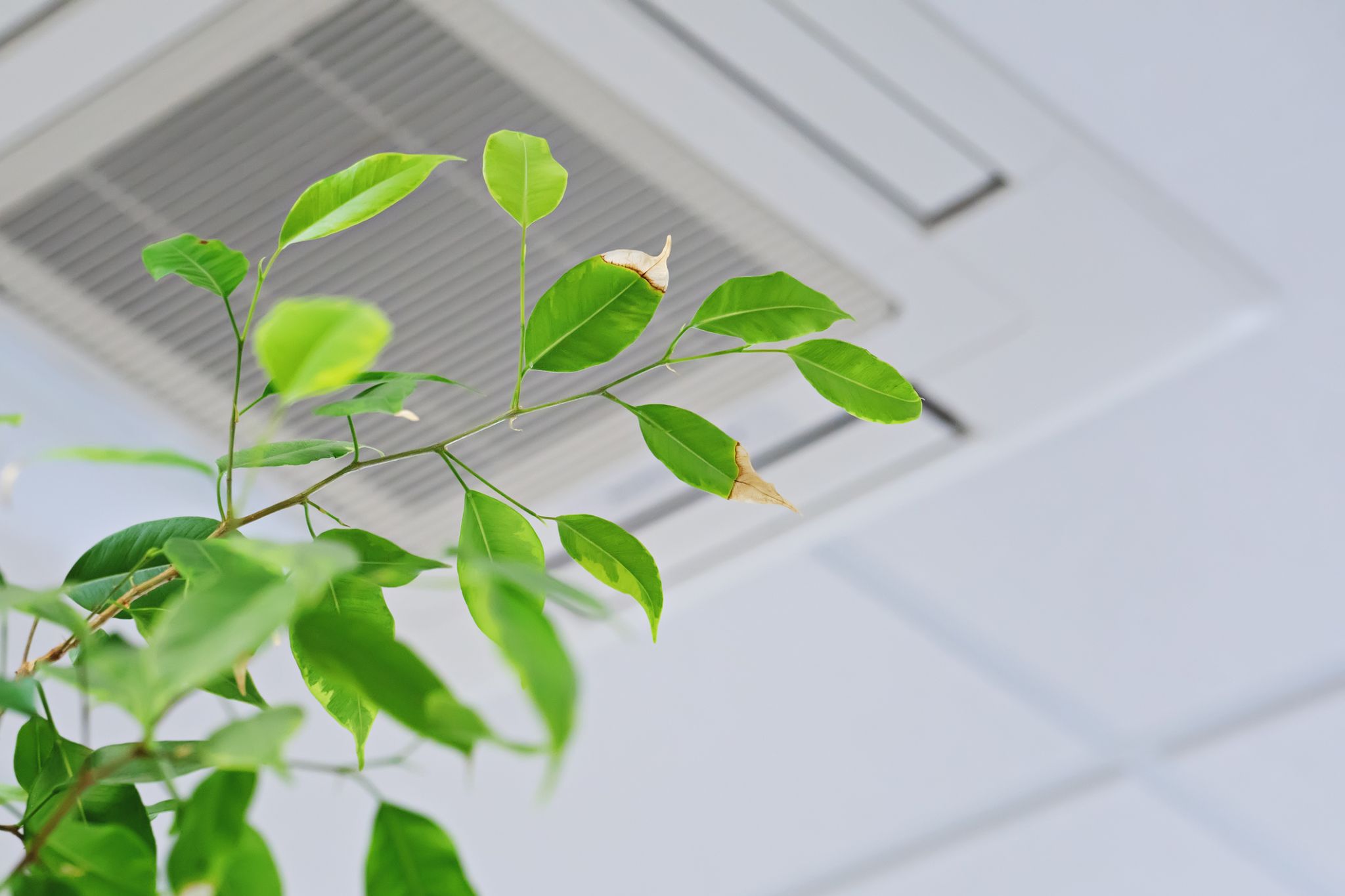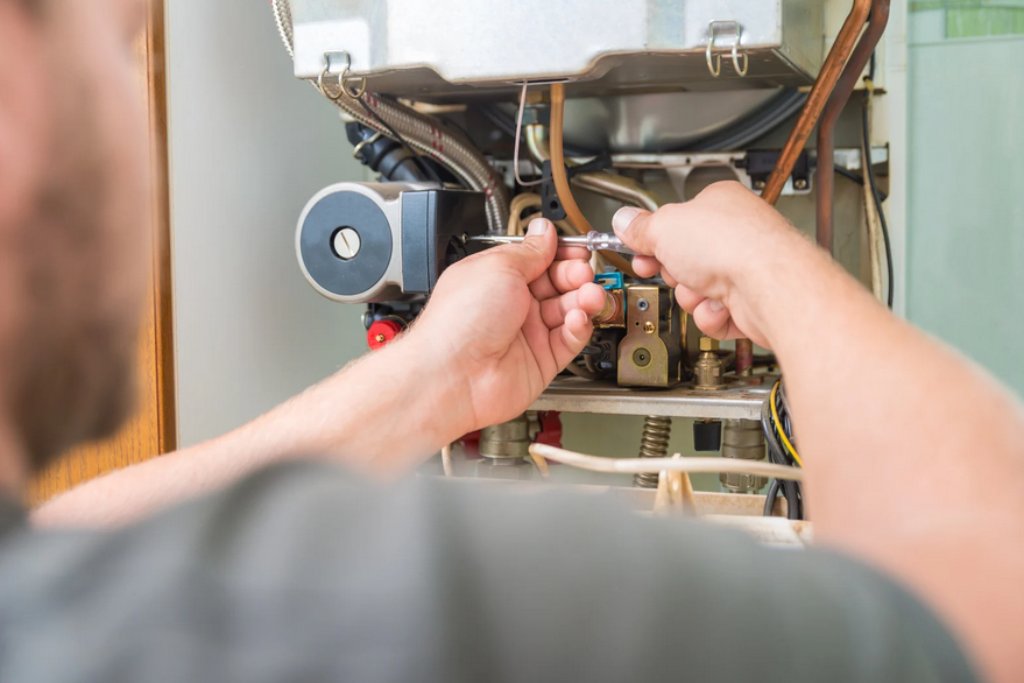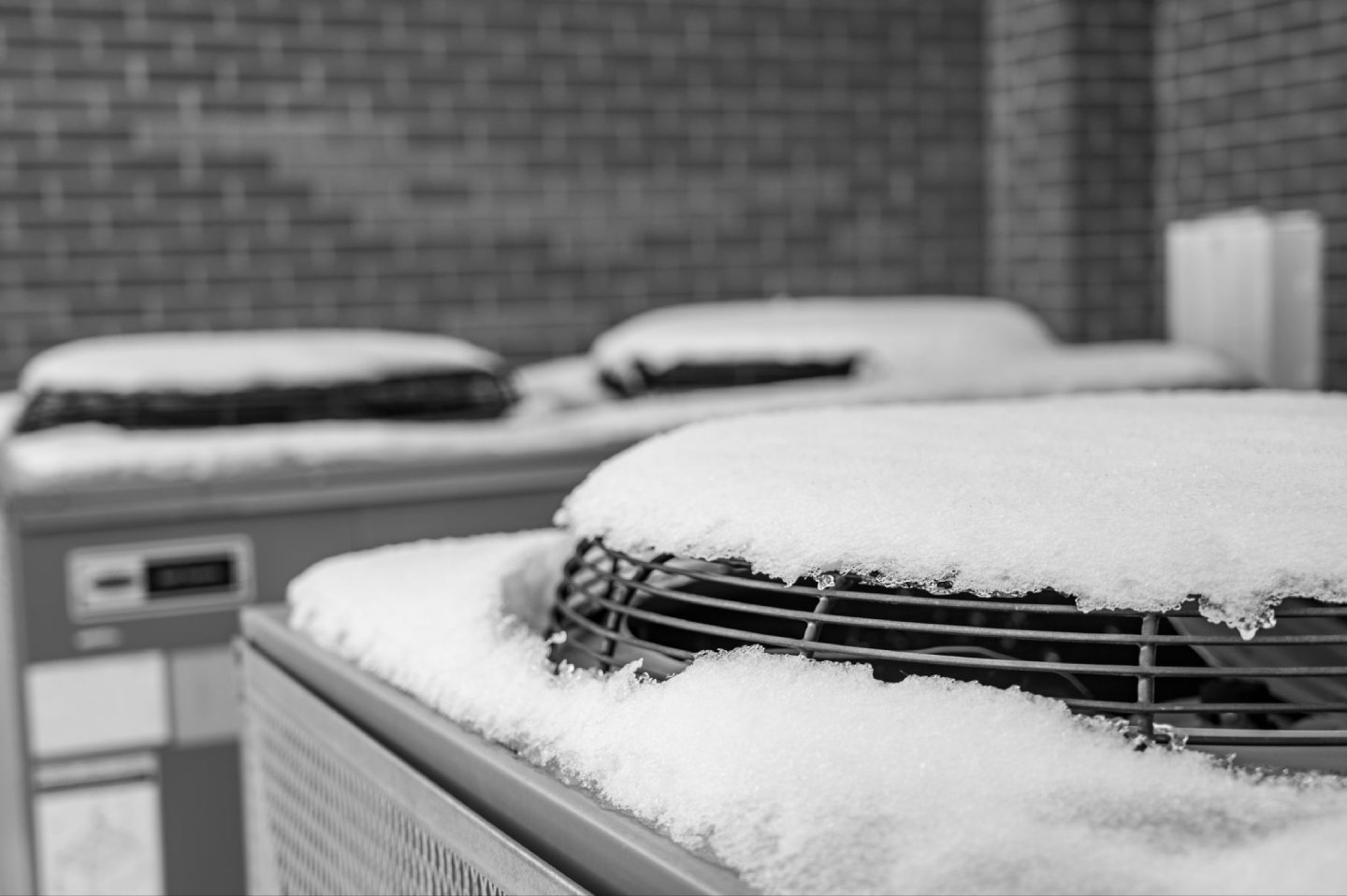As more and more people are spending the majority of their time indoors, ensuring excellent indoor air quality has grown increasingly crucial. Let’s dive deep into the world of indoor air quality, understanding its significance, common pollutants, and ways to enhance it.
Introduction to Indoor Air Quality (IAQ)
Definition: Indoor Air Quality (IAQ) typically refers to the air quality within and surrounding buildings and structures, particularly concerning the health and comfort of the building’s inhabitants.
Factors Affecting IAQ: It can be influenced by gases (including carbon monoxide, radon, and volatile organic compounds), particulates, microbial contaminants (mold, bacteria), or any mass or energy stress that can induce adverse health conditions. Activities like smoking, cooking, and the use of candles or fireplaces also impact IAQ.
Importance of IAQ
- Immediate Health Impacts: From headaches and dizziness to fatigue and allergic reactions, the immediate effects of poor IAQ are varied. Typically, the treatment involves removing the person’s exposure to the source of the pollution.
- Long-term Health Impacts: Over the years, consistent exposure can lead to serious respiratory diseases, heart diseases, and even cancer.
- Productivity and Comfort: Beyond health, good IAQ plays a role in our cognitive functions, sleep patterns, and overall sense of well-being.
Common Indoor Air Pollutants and Their Sources
- Biological Pollutants: Originating from plants, pets, humans, and more, these include:
- Mold and Mildew: Often stemming from moisture-heavy environments.
- Pollen: A seasonal allergen introduced from outdoors.
- Pet Dander: Small, even microscopic, flecks of skin shed by cats, dogs, birds, and other animals with fur or feathers.
- Dust Mites: Microscopic organisms that thrive on the dust in homes.
- Chemical Pollutants: From household products to gas leaks:
- VOCs (Volatile Organic Compounds): Emitted by a wide array of products like paints, air fresheners, and dry-cleaned clothing.
- Formaldehyde: Found in wood products, certain insulation materials, and some household products.
- Carbon Monoxide: A colorless, odorless gas that can be deadly in high concentrations.
- Combustion Pollutants: Generated from burning materials:
- Carbon Monoxide and Nitrogen Dioxide: Emanating from improperly vented fuel-burning appliances such as space heaters, woodstoves, gas stoves, water heaters, dryers, and fireplaces.
- Outdoor Pollutants: Often seep in from outdoors, like:
- Pesticides: They can enter the home from the outdoors and linger, especially if used incorrectly.
- Lead Particles: Often found in homes built before 1978 where lead-based paint might deteriorate.
- Radon: A radioactive gas that enters homes through the ground.
Assessing and Measuring IAQ in Ottawa
Devices and Tools: There’s a plethora of tools designed to measure specific pollutants. Devices like air quality monitors provide real-time insights into particulate matter, VOC levels, humidity, and other critical factors.
Professional Services: Beyond DIY tools, professionals can be engaged for a more comprehensive understanding of a home’s IAQ. They come equipped with sophisticated devices and provide detailed reports and recommendations.
Improving Indoor Air Quality in Ottawa
- Source Control: Perhaps the most effective way to improve IAQ. By identifying and mitigating the primary sources of indoor pollution, you can create a healthier environment. This includes things like sealing sources of asbestos or adjusting appliances to decrease the emissions of dangerous gases.
- Increased Ventilation: One simple step is to increase the amount of outdoor air coming indoors. This can reduce the concentration of indoor pollutants. Using fans and opening windows are easy ways to enhance ventilation.
- Air Cleaners: These devices can be useful in cleaning certain pollutants from indoor air. Their effectiveness depends on their efficiency and the amount of air they can process.
- Humidity Control: Maintain your home’s relative humidity between 30% to 50%. High humidity can encourage mold growth and dust mites.
- Regular Maintenance: Changing HVAC filters, cleaning air ducts, and ensuring functional exhaust fans in kitchens and bathrooms can make a massive difference in IAQ.
- House Plants: While plants offer aesthetic appeal, they can also act as natural air purifiers.
Effects of Poor IAQ in Workspaces
Not limited to homes, poor IAQ in workplaces can lead to reduced productivity, and increased absenteeism, and can even have potential legal implications. Employers need to be especially aware of the IAQ in office spaces, warehouses, and other work environments.
The Economic Implication of IAQ
Good IAQ isn’t just about health; it’s also about the wallet. Poor IAQ can lead to higher medical bills, loss of productivity, and even reduce value of properties. Investing in better IAQ is an investment in both health and economics.
Future of IAQ: The Role of Technology
With the advent of smart homes, IAQ monitoring and improvement have seen the integration of technology. Smart air purifiers, IAQ monitors that sync with smartphones, and HVAC systems that self-adjust based on real-time air quality readings are just the beginning.
Indoor air quality, often overlooked, holds paramount importance in our daily lives. From immediate health concerns to long-term implications, the air we breathe indoors plays a crucial role in defining our overall quality of life. As we move towards a future increasingly centered around health and well-being, ensuring good IAQ will be at the heart of this movement.






